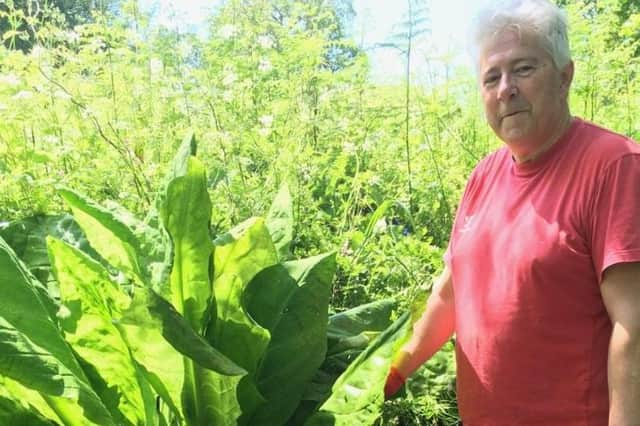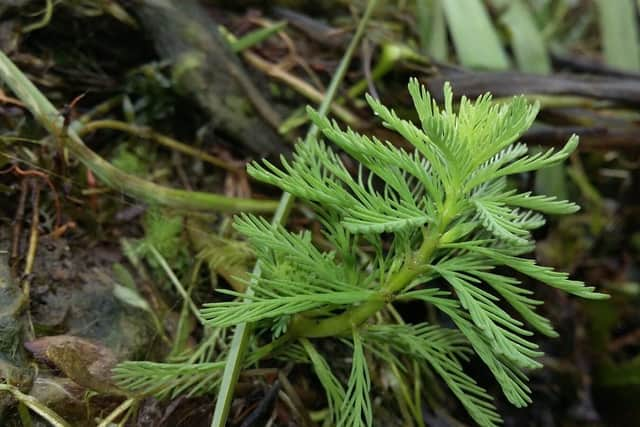Tackling invasive species of plants along the River Ouse


This week is Invasive Species week and the Ouse & Adur Rivers Trust, in partnership with the Environment Agency and South East Water are delighted to be announcing the start of a five year long project on the River Ouse which aims to reduce the current impact and future spread of non-native species across the river system. With three focal areas: Biosecurity, Monitoring, Control the project is the first of its kind in Sussex and will be seeking to work with landowners, river users and local communities to tackle identified priority species.
INNS are broadly defined as “species whose introduction and/or spread threaten biological diversity or have other unforeseen impacts” (GB Non-Native Species Secretariat). They are considered the second biggest threat to global biodiversity after habitat fragmentation and are a major risk in terms of damage to native ecosystems and species, their economic impacts and through the potential risk they pose to human and animal health. Many INNS can also have a significant impact on how we live and interact with natural spaces. The benefits of public engagement with nature are well documented and INNS can restrict access to recreational activities, damage fisheries and cause harm to human health. In the UK, the estimated economic cost of INNS is approximately £2-billion per annum when considering the cost of control alongside the economic impact across business sectors. However, this does not consider the value of species extinctions, biodiversity loss or reduced ecosystem service provision.
Advertisement
Hide AdAdvertisement
Hide AdA recent investigation by the Adur & Ouse Catchment Partnership identified 46 species of concern to the freshwater and estuary environments of the River Ouse with a further 127 placed on a watchlist due to a high risk of colonisation in the future.


Peter King, Director of the Ouse & Adur Rivers Trust said “Tackling invasive non-native species on our network of waterways is a high priority in restoring biodiversity and natural river processes and we are excited to be bringing together the expertise of our partners and funders to reduce the impacts we are seeing. We look forward to expanding this partnership and working with landowners, stakeholders and communities across the River Ouse to enhance the local environment”.
Sam Pottier, Environmental Performance INNS Strategy Lead at South East Water said: “As well as having a significant impact on native biodiversity, invasive species also pose a serious threat to our water infrastructure. For example zebra mussels can colonise and clog water pipes and already cost the water industry millions of pounds a year to remove. Working in partnership like this is the best way of ensuring that we are helping to protect river catchments and water resources.”